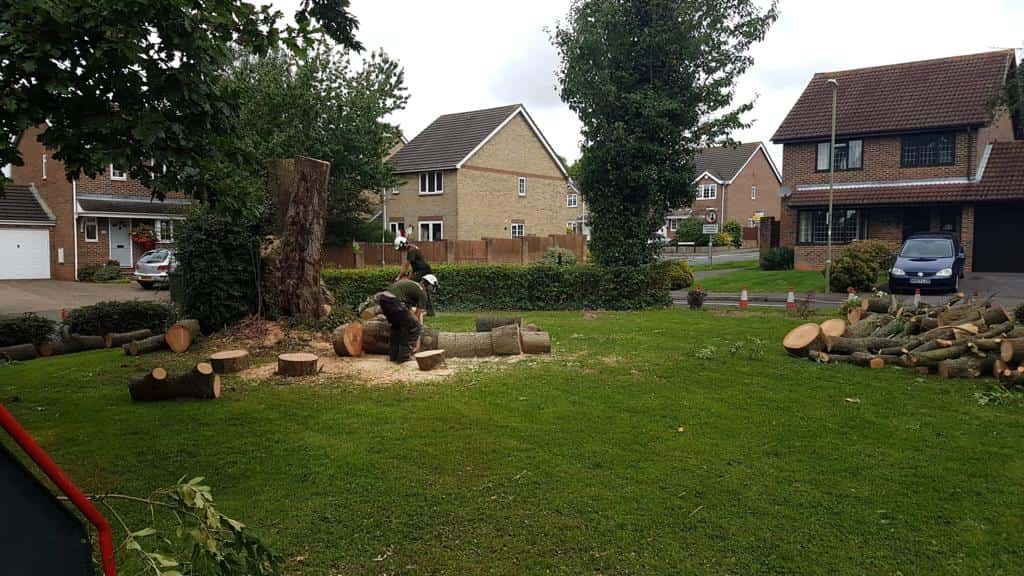Introduction
When you hear the phrase “structural failure” in relation to a building, you might think of collapsing walls or sagging roofs. But trees can also fail structurally — and when they do, the consequences can be just as dramatic. In Billingshurst and the wider West Sussex area, trees play a valuable role in both private gardens and public spaces, but they must be properly monitored and maintained to prevent failure.
At NS Tree Surgery Billingshurst, we often get asked what structural failure in trees actually means. In this blog, we’ll break it down and explain what to look for — and when to act — to keep your property safe and your trees thriving.
What Is Structural Failure in a Tree?
Structural failure refers to the partial or complete collapse of a tree due to weaknesses in its structure. This could involve:
- A major limb breaking off
- The trunk splitting or snapping
- The whole tree toppling over due to root failure
These failures are usually sudden but develop over time, often going unnoticed until it’s too late.
Common Causes of Tree Structural Failure
Understanding the typical reasons behind failure helps with early detection and intervention. The most common causes include:
- Root damage – Excavation, poor drainage, or root rot can severely weaken a tree’s anchorage
- Storm damage – High winds and heavy rain can exacerbate existing weaknesses
- Infections and decay – Fungal growth or hollowing in the trunk can undermine the core structure
- Poor branch attachments – ‘Included bark’ or co-dominant stems can cause weak junctions
- Overextended limbs – Heavy limbs without adequate support are more prone to breakage
Warning Signs to Look Out For
Regular tree inspections can help catch problems early. Key indicators of a structurally unsound tree include:
- Cracks in the trunk or major limbs
- Sudden leaning or changes in posture
- Mushrooms or fungal growth at the base
- Deadwood or large hanging branches
- Exposed or damaged root systems
- Cavities or hollows in the trunk
If you notice any of these signs, it’s wise to consult a professional arborist before the issue escalates.
Why Structural Failure Is a Serious Risk
Structural failure isn’t just a risk to the tree itself. It can lead to:
- Property damage to roofs, fences, vehicles or outbuildings
- Injuries to people or pets below
- Liability issues if the tree falls onto neighbouring land
This is why preventative tree work — such as crown reduction, bracing, or strategic pruning — is so important. It addresses potential failure points before disaster strikes.
Conclusion
A tree doesn’t have to look dead to be dangerous. Structural failure often begins from within or below the surface and can remain hidden until it becomes a major hazard. By knowing the signs and acting early, you can protect your property, your landscape, and your peace of mind.
At NS Tree Surgery Billingshurst, we specialise in identifying and managing structural risks in trees. If you suspect your tree may be showing signs of weakness or damage, contact our experienced team today. We’re here to help keep West Sussex trees safe, healthy, and beautiful all year round.
Call us on: 01403 907 097
Click here to find out more about NS Tree Surgery Billingshurst
Click here to complete our contact form and see how we can help with your trees needs.

